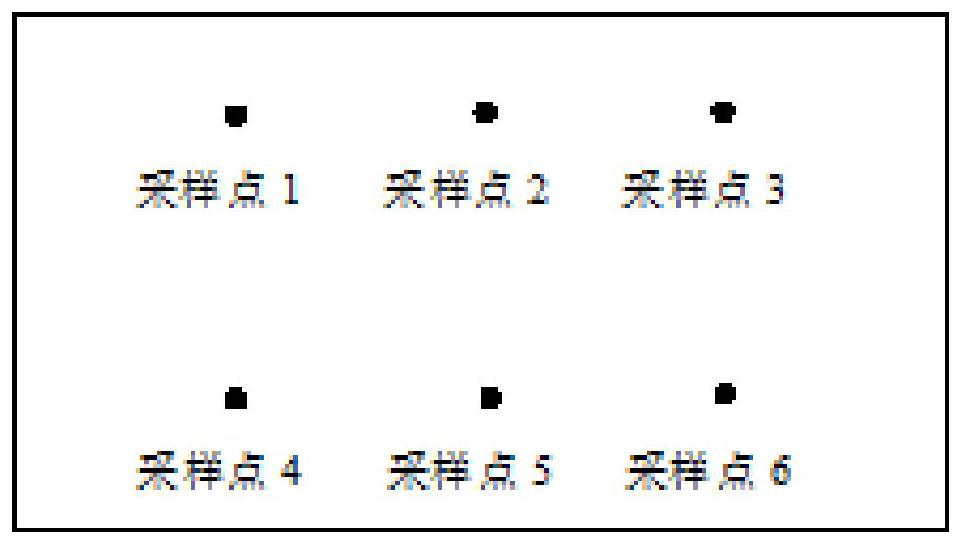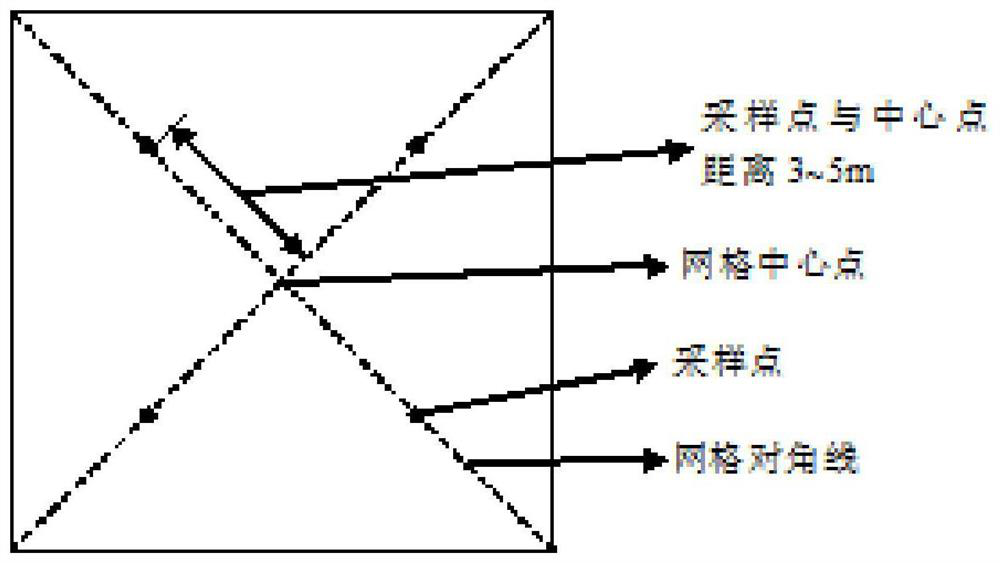Method for restoring cadmium-polychlorinated biphenyl composite polluted soil by utilizing rotation of astragalus sinicus and sedum plumbizincicola
A composite pollution and polychlorinated biphenyl technology, which is applied in the restoration of polluted soil and other directions, can solve the problems of restoration resources and restoration time waste, and achieve the effect of reducing restoration costs and improving utilization efficiency.
- Summary
- Abstract
- Description
- Claims
- Application Information
AI Technical Summary
Problems solved by technology
Method used
Image
Examples
Embodiment
[0033] The method of repairing cadmium-polychlorinated biphenyl composite polluted soil by using milk vetch and sedum sedum in crop rotation in the surrounding polluted farmland soil of an electrical appliance dismantling site in Taizhou City, Zhejiang Province was carried out.
[0034] The polluted farmland was originally a paddy field with an area of 600m 3 , the soil pH range is 5.8-6.9, the cadmium content is 0.7-2.8mg / kg, and the PCB content is 80-160μg / kg. The test will start in November 2019, including the following steps:
[0035] Plowing and leveling the cadmium-polychlorinated biphenyl compound polluted farmland;
[0036] Plant milk vetch by hole sowing, the planting spacing is 20cm, and the row spacing is 25cm;
[0037] During the growth of milk vetch, apply 9kg of compound fertilizer and 300kg of organic fertilizer;
[0038] In April 2020, harvest milk vetch; according to figure 1 6 sampling points were selected to collect milk vetch rhizosphere soil and non-r...
PUM
 Login to View More
Login to View More Abstract
Description
Claims
Application Information
 Login to View More
Login to View More - R&D
- Intellectual Property
- Life Sciences
- Materials
- Tech Scout
- Unparalleled Data Quality
- Higher Quality Content
- 60% Fewer Hallucinations
Browse by: Latest US Patents, China's latest patents, Technical Efficacy Thesaurus, Application Domain, Technology Topic, Popular Technical Reports.
© 2025 PatSnap. All rights reserved.Legal|Privacy policy|Modern Slavery Act Transparency Statement|Sitemap|About US| Contact US: help@patsnap.com



